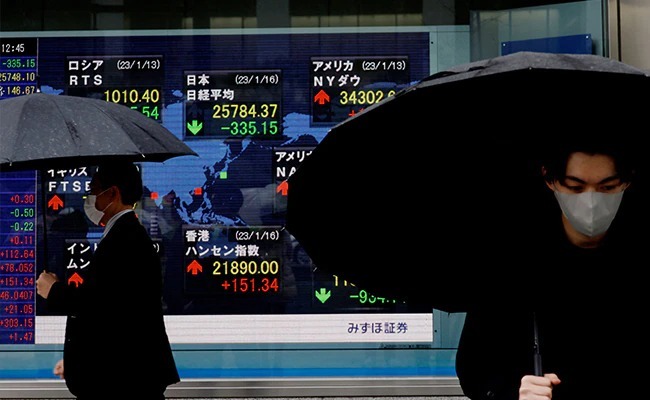| Translate This News In |
|---|
According to official data released on Tuesday, China’s GDP expanded 3.0 percent in 2022, one of the weakest rates in the past 40 years as a result of the Covid-19 outbreak and a housing crisis.
Beijing’s goal was to increase GDP by 5.5 percent, which is already much less than the performance of 2021, when GDP surged by more than eight percent.
According to the National Bureau of Statistics, China’s GDP expanded by 2.9 percent annually in the fourth quarter as opposed to 3.9 percent in the third (NBS).
As 2022 came to an end, the second-largest economy in the world was confronted with unprecedented challenges, with exports last month falling precipitously as a result of a decline in global demand and rigorous health regulations that severely hampered economic activity.
With the exception of 2020, which came after the coronavirus surfaced in Wuhan in late 2019, Tuesday’s numbers mark China’s weakest growth figures since a 1.6 contraction in 1976 — the year Mao Zedong passed away.
According to figures released on Tuesday, China’s industrial output increased by 1.3 percent in December compared to a year earlier, but retail sales decreased by 1.8 percent.
The urban unemployment rate decreased to 5.5 percent last month from 5.7 percent in November, and fixed asset investment increased by 5.1 percent last year.
The relative resilience of infrastructure investment and credit growth is showing up, which is good news, according to Louise Loo, Senior Economist at Oxford Economics, in a note. “Policy support doled out towards the end of 2022 is showing up in the relative resilience of infrastructure investment and credit growth,” she added.
Zero-Covid was dropped
The global supply chain, which was already having problems keeping up with declining demand, was affected by China’s economic woes last year.
The abrupt closure of production plants and companies in major hubs, including Zhengzhou, the location of the largest iPhone factory in the world, was brought on by strict lockdowns, quarantines, and mandatory mass testing.
Following some of the largest demonstrations in years, Beijing dramatically relaxed pandemic restrictions in December.
China’s GDP is predicted by the World Bank to increase to 4.3 percent in 2023, which is still less than anticipated.
Additionally, the nation continues to struggle with an increase in Covid cases that have overrun its hospitals and medical workers.
Growth continues to be constrained by issues in the real estate sector.
This industry, which together with construction accounts for more than a quarter of China’s GDP, has been severely impacted ever since Beijing began to take action against excessive borrowing and unchecked speculation in 2020.
Evergrande, the previous Chinese real estate king who is now choked by massive debt, began to experience financial concerns as a result of regulatory tightening.
Since then, sales of real estate have decreased in several cities, and many developers are fighting to survive.
The government, however, seems to be approaching the revival of this important sector with more goodwill.
In November, measures to encourage “stable and healthy” growth were announced, including credit support for indebted developers and assistance with deferred-payment loans for purchasers.


















